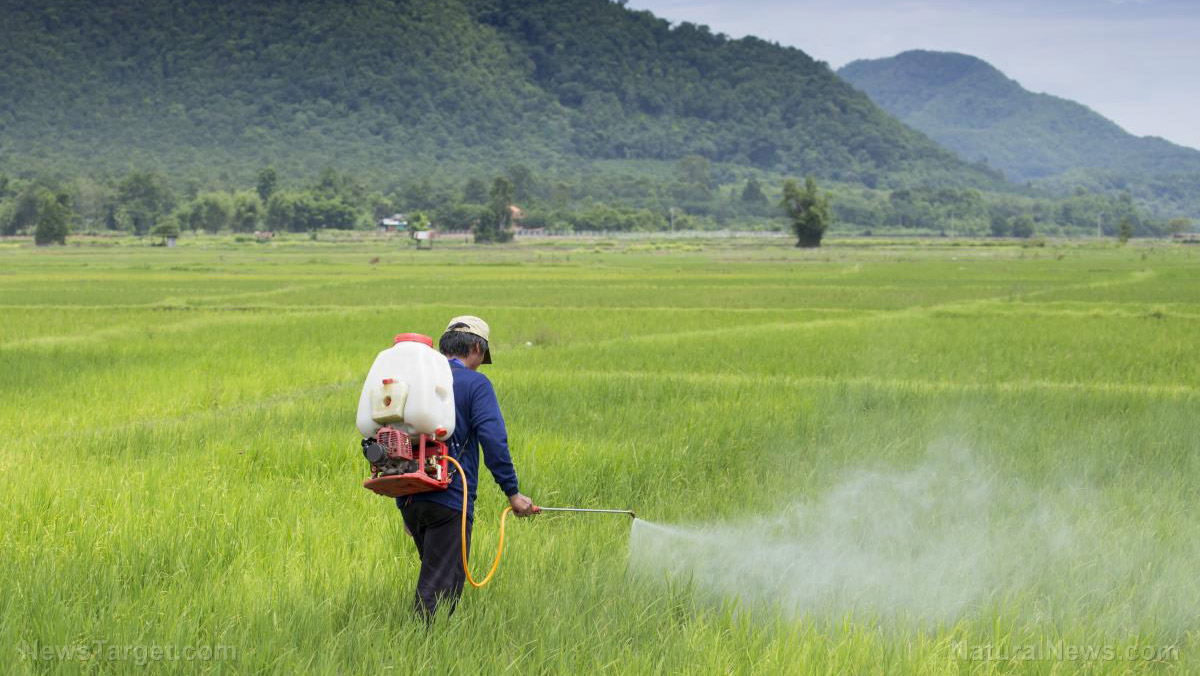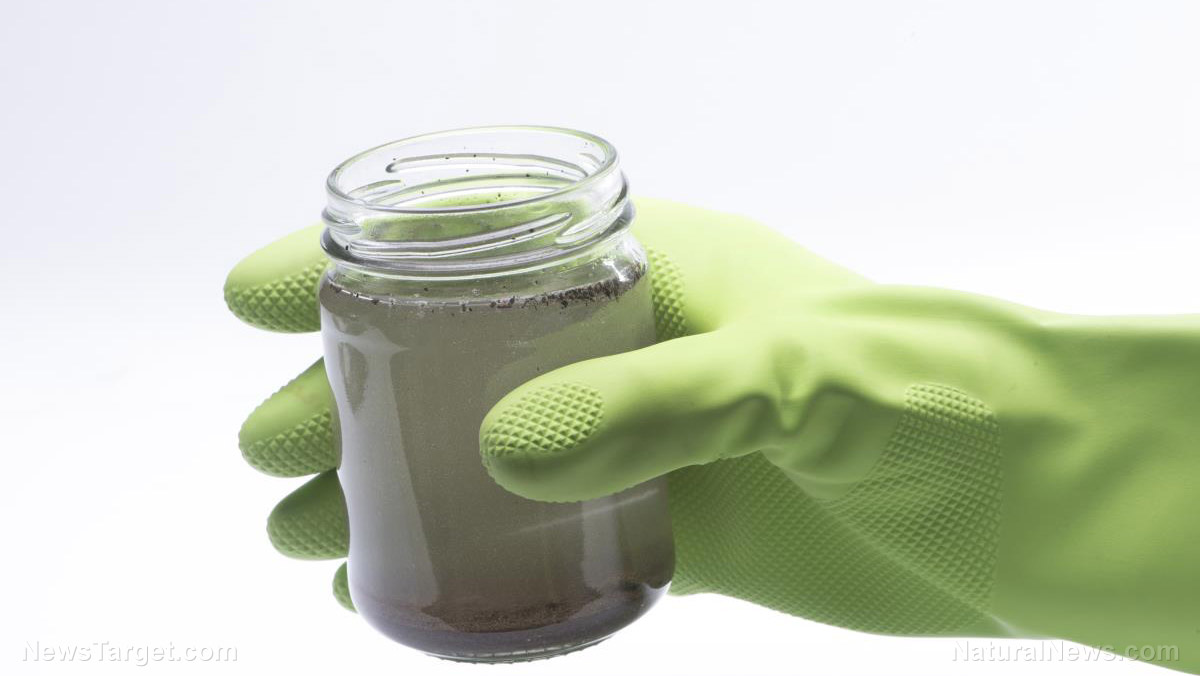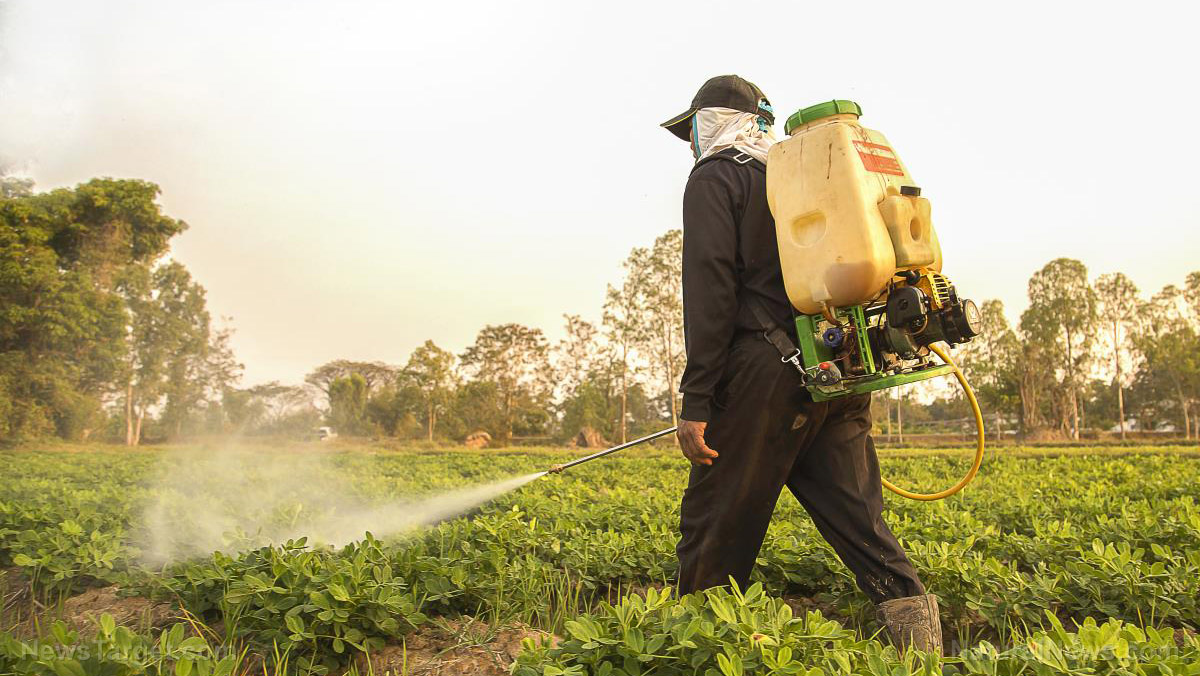Bromacil — toxicity, side effects, diseases and environmental impacts
12/14/2017 / By Janine Acero

Bromacil is an odorless, white crystalline solid. It is a herbicide used for brush control on non-cropland areas such as roads, rights-of-way, railways and pavements. It is especially useful against annual and perennial grasses, like barnyard grass (Echinochloa), crabgrass (Digitaria), henbit, Lamb’s quarters; Purslane, annual sedge, Bermuda grass and nutsedge (Cyperus).
Bromacil is also used for selective weed control in pineapple and citrus crops. It works by interfering with photosynthesis.
Bromacil is available in granular, liquid, water soluble liquid, and wettable powder formulations. It is sprayed or spread dry on the soil surface just before or during a period of active weed growth. Bromacil is soluble in water, and is moderately to highly persistent in soil.

List of known side effects
The United States Environmental Protection Agency (EPA) classified bromacil as a General Use Pesticide (GUP). In addition, it is in toxicity class IV in dry form (practically nontoxic) and class II in liquid form (moderately toxic).
Exposure to the fumes, vapors and mists of bromacil through inhalation and ingestion routes may cause adverse side effects, such as:
- Vomiting
- Watering of the mouth
- Muscular weakness
- Diarrhea
- Pupil dilation
- Weight loss
- Paleness
- Exhaustion
- Rapid breathing
- Sore throat
- Coughing
- Wheezing
- Inflammation of the mucous membrane
- Congestion and enlargement of the liver
- Weakened adrenal glands
- Damaged testes
- Swollen and bleeding lymph nodes
- Bleeding of the heart
In addition, it has been suggested that bromacil may negatively affect the embryo or fetus, as shown in some animal studies.
Body systems affected by bromacil
Bromacil poisoning may affect the eyes, skin, respiratory system, liver, thyroid, mucous membrane, adrenal glands, lymph nodes, testes and the heart, in severe cases. Moreover, it is a confirmed animal carcinogen; the EPA categorized it as Group C: Possible Human Carcinogen.
Items that can contain bromacil
Dry formulations containing bromacil bear the Signal Word CAUTION, while liquid formulations bear the Signal Word WARNING. Bromacil may be found as the active ingredient in the following products:
- Hyvar X bromoacil
- Borocil 1V
- Cynogan
- Borea
- Krovar II
- Urgan
Some trade names and identifiers for bromacil include Borea, Bromax 4G, Bromax 4L, Borocil, Cynogan, Hyvar X, Hyvar XL, Isocil, Krovar, Rout, Uragan, Urox B, and Urox HX.
Manufacturers that supply such products include:
- Nufarm
- DuPont
- Loveland
- Makhteshim-Agan
How to avoid bromacil
Handlers, mixers and applicators of bromacil may be exposed to its fumes in the workplace. The following are some protective measures to avoid any contact with bromacil:
- Use this material only in well ventilated areas. In case of accidental aspiration, leave the area of contamination and go to an open area with fresh air or proper ventilation. Seek medical attention immediately.
- Avoid contact with skin or clothing. Wear a protective suit, chemical-resistant gloves and safety footwear or safety gumboots. Remove any contaminated clothing item carefully, avoiding any contact with the skin. Rinse the contaminated part of the skin with soap and water.
- Do not get this material in your eyes. Wearing goggles or a face shield is required before handling any chemical. In case of contact, remove contact lenses (if applicable), then rinse with running water for several minutes. Seek medical help at once.
- Do not eat, drink or smoke near this substance. In case of swallowing any amount of bromacil, give plenty of water to drink. Refer for medical attention immediately.
- Refer to the workplace regulations regarding proper handling of equipment before applying chemicals.
Where to learn more
Summary
Bromacil is a herbicide that is used against annual and perennial weeds. It works by inhibiting photosynthesis.
Bromacil poisoning may affect the eyes, skin, respiratory system, liver, thyroid, mucous membrane, adrenal glands, lymph nodes, testes and the heart. The EPA has classified bromacil as a possible human carcinogen.
Sources include:
Tagged Under:



















